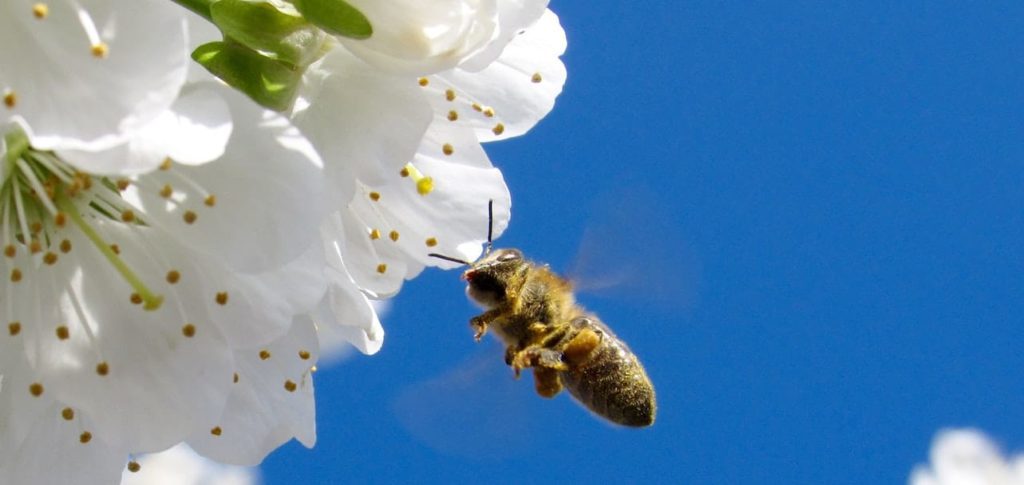
Given the stresses of daily life combined with growing uncertainty about our global future, I’ve been collecting remedies and techniques to use when I need to calm or reset my nervous system.
Yoga is great, but not very practical if I’m stuck in yet another calamitous traffic backup.
But here’s a technique we can all use, anytime:
Humming.
 In many ways, it’s the perfect remedy. It can:
In many ways, it’s the perfect remedy. It can:
- help you immediately calm or reset your nervous system
- decrease stress levels
- stimulate the release of nitric oxide to enhance your immune and cardiovascular systems
- provide other probable benefits not yet researched.
In addition, it’s always available to us and FREE. We can hum when we’re happy, sad, furious, confused, or any other emotion that we find ourselves caught up in.
I tried it out this week, learning about the benefits of humming in The Humming Effect by Jonathan and Andi Goldman, two pioneers in the world of sound healing.
Backstory
Over the past two weeks, I’ve been reading a lot about trauma, inspired by a moving documentary about the work of Dr. Gabor Maté, The Wisdom of Trauma. The film was an exploration of the relationship between childhood trauma, addiction, incarceration, and illness, produced with a weep-worthy dose of compassion. When the film is re-released, consider it a must-see.
After learning so much about trauma, I needed to take a break and find some calm myself.
I decided to try humming. In just ten minutes of humming, my mood shifted. I felt centered again.
Hidden in plain sight
This ancient technique is so obvious, it hides in plain sight.
As far back as 400 CE (which I learned is more accurate than saying 400 AD), Patanjali wrote about the powerful humming vibration present in the universe. This was later given the name OM. In the yogic tradition, bhramari pranayama (humming bee breath) is a practice of humming considered to have heart as well as stress-reducing benefits.
How to hum
You’re probably a natural hummer. You can’t do it wrong.
All you need to do is shut your mouth, teeth lightly apart, take a couple of deep breaths, and then let the sound mmmm come through your lips. You can hum on different pitches, or hum a song. As you hum, you may feel a vibration growing in your head or lips.
You can also start with the sound OM, used in yoga, and prolong the mmmmm. Or imagine yourself as a humming bee.
The Goldmans suggest humming for five minutes and then giving yourself a few minutes to enjoy the benefits.
If you want more instruction, listen to these short audio tracks.
Humming is just one aspect of vibratory or sound healing, an increasingly researched area of medical/healing arts.
But I don’t need more research before using humming. It’s safe, simple, effective, and free.
Put your lips together
In the 1944 movie To Have and to Hold, Lauren Bacall’s character famously asks Humphrey Bogart’s character, “You know how to whistle, don’t you?” (If you haven’t seen this iconic scene, enjoy it below.)
You already know how to hum. You just put your lips together and mmmm.










2 Responses
Yes! Humming is great. Did you kn Pygmys in Africa use a humming song when collecting honey. After I learned that, I always hum to bees when they’re around me. Calms both of us!
I didn’t know about the Pygmys. Thanks for letting me know.